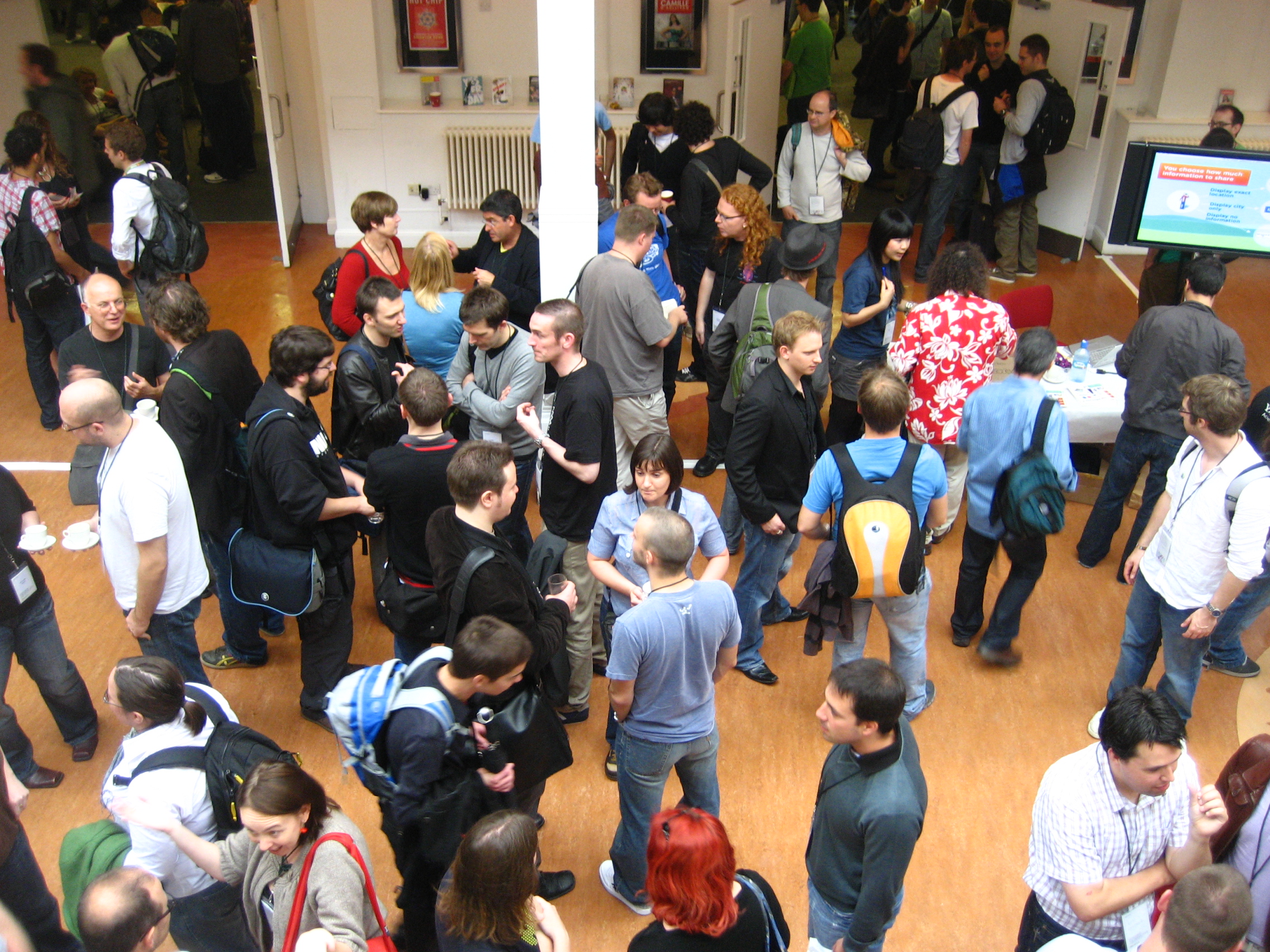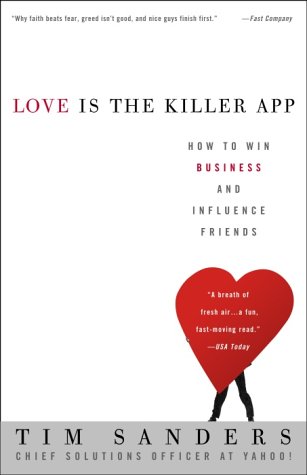Gloria Feldt of Take the Lead presenting a keynote at the conference
I am incredibly lucky to work for a company that has an awesome women's network that holds a conference every year! The 2014 conference was this past Friday, and it was inspirational and informative, as always. There were 1000 attendees - amazing! The theme was "lead from where you are," and there were four keynote talks, one breakout session, and a panel discussion.
Some of my favorite quotes from the conference:
- "We're all leaders every day in the various interactions that we have" Doug Davis
- "Drive actions that result in an important reaction" Doug Davis
- "Make up your mind, continue to learn, practice, seek inputs from other people and take them seriously" CC Liong
- "You have to get out of your comfort zone to really grow" Kelly Benak
- "Lead yourself well first"Kelly Benak
- "Power unused is power useless" Gloria Feldt
- "Don't follow your dream - lead it" Gloria Feldt
The first keynote was by Doug Davis, and it focused on the role of leadership and growing careers. There were several key traits of leadership that were brought up through a panel of women Doug has sponsored, influenced, and been influenced by. From the discussion, good leaders:
- Provide opportunities for others and help them succeed in their challenges
- Clear the path
- Provide support in work and in life
- Are open to other viewpoints
- Stick to their convictions and follow their expertise
- Empower, don't rescue
- Enable, support, adapt, and empower others
The second keynote was by Pat McDonald, who covered many bright spots in human resources and diversity and emphasized accountability, candor, and velocity. One of the ways she suggested creating accountability is clear ownership across the board. She also highlighted the need to step out of your comfort zone when you see an issue and ask for help/expertise as you need it.
I went to a breakout session about storytelling by Brian Carson. His talk was really interactive and full of great tips for developing talks and presentations! He first pointed out that we are all natural born storytellers, we just have to practice and look for the story in our work. He gave us a few exercises - tell the story of your name to the person next to you and Ignite karaoke (Ignite Phoenix is an event where passionate people share their stories and ideas through 5 minute, 20 slide talks) - to practice telling stories and prove that we're all storytellers. Carson pointed out that stories are important in presentations because they engage both the left (analytical) and right (emotional) sides of the brain and help you connect better with your audience. He suggests using stories when you need someone "to believe something is true, take action or make a decision, or remember something". He also presented "four ideas worth sharing" about presenting: the talk is about the idea, not you or your work; use your unique point of view and authenticity in a presentation; share intimate stories from your perspective - tell the audience what happened, not what you think they want to hear; remember that you are not the hero, the audience is the hero. There are also ten TED Commandments that are excellent guidelines for speaking. Carson next went over tips for giving a strategy talk: be realistic about the current landscape, be candid about the problem, explain what the response will be to the problem and how the response is going, and end with a vote of confidence - why do you believe that this is the right strategy? Finally, Carson presented four measures of a successful talk: a successful talk is provocative, candid and authentic, clear to the audience, and inspires confidence.
We then had a great networking lunch where I met some awesome colleagues, and after that there was a panel discussion where we got to hear from four talented fellow employees: Kelly Benak, CC Liong, Indira Negi, and CJ Boston, facilitated by the equally talented Heather Mattisson. Some of the main themes from the discussion were:
- When working with or leading a team, allow people to have their own scope and creativity
- For your own career development, make a goal in advance (possibly years ahead), let people (managers, sponsors, mentors) know what your goal is, start building the skills you'll need, observe people currently in the position you want to be in and learn from them, and practice what you learn
- When trying to influence others, clearly articulate your problem statement (and have data to support it), align the benefits of your proposal to their interests, think through the negative impacts and come up with mitigation strategies, put in the time, work hard, and be persistent
- Best Advice: get a mentor that you can freely express your goals and desires to and receive feedback from; find a sponsor who can speak for you and position you for the future; take care of people, continue to learn, and be sincere; bring a genuine person rather than a mouthpiece to tough discussions; stay true to who you are and what you believe in
Next, Gloria Feldt gave a thought-provoking talk about women in the workplace. She pointed out some stark statistics, including: women make up 49% of the workforce but only 18% of the top leadership positions and women value their own work 19% less than they value the work of others. She pointed out that the structures we have in the workplace were designed by men, for men, so we need to work on redefining some of those structures in order to create a more equal environment. Feldt also emphasized the fact that there are both internal and external barriers to overcome in the quest for leadership parity. She encouraged us to embrace the power we already have and highlighted the difference between power over and power to. Feldt ended her talk by telling us what we can do with our power to: mentor, sponsor, refer others; lift other women to leadership positions; speak up, raise your hand, ask.
The final talk was by Rani Borkar, who presented three life lessons through compelling stories in both individual and organizational frameworks. The first life lesson is "don't get stuck in the victim mentality." This mentality causes you to blame everyone else and doesn't enable you to do anything, so it's better to take responsibility and take control of the situation so that you can move forward. The second life lesson is "be true to yourself and stand up for it" - take a stand and be persistent. The third life lesson is "continuously learn and improve to stay relevant and grow" - get out of your comfort zone and continuously adapt. Borkar ended her talk by passing on the power to the audience, she told us that we have the power - we should make our own reflections, write down our own life lessons, and refer to them often, especially when we're having a tough time.
The leadership conference was a wonderful experience, and I am really thankful for the advice I received and lessons I learned by attending it.




